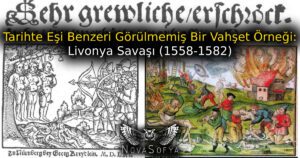Jared Diamond and Geodeterminism: Is Geography Fate?
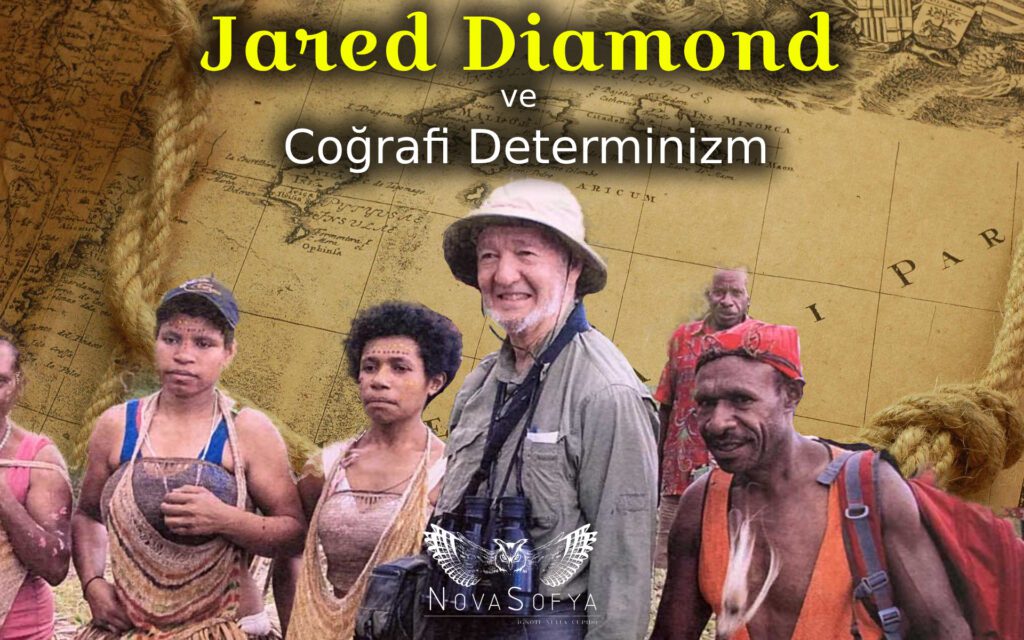
Jared Diamond is a biologist, not a social or humanitarian. While researching the evolution of birds in New Guinea, he meets a New Guinean named Yali and begins a conversation. Yali is a well-known politician in New Guinea and asks Diamond why whites are in a position of supremacy in New Guinea. An unqualified white in New Guinea has better living conditions than a qualified New Guinean native. Diamond says that in his conversation with Yali, Yali asked him, “Why do you whites have so many possessions, why did you bring them to New Guinea, and why do we blacks have so few of their own goods?” Diamond tries to answer Yali’s question twenty-five years later by writing The Rifle, the Germ, and the Steel; In his book, he questions why people in different places develop unequally: “So we can ask our question about inequalities in the contemporary world: Why did humans develop at different speeds on different continents? It is these differences of speed that make up the course of history, and that is what my book is about.”
Although Diamond focused on this issue centuries after Ibn Khaldun, both give a similar answer to why societies in different places developed at different speeds: geographical factors.
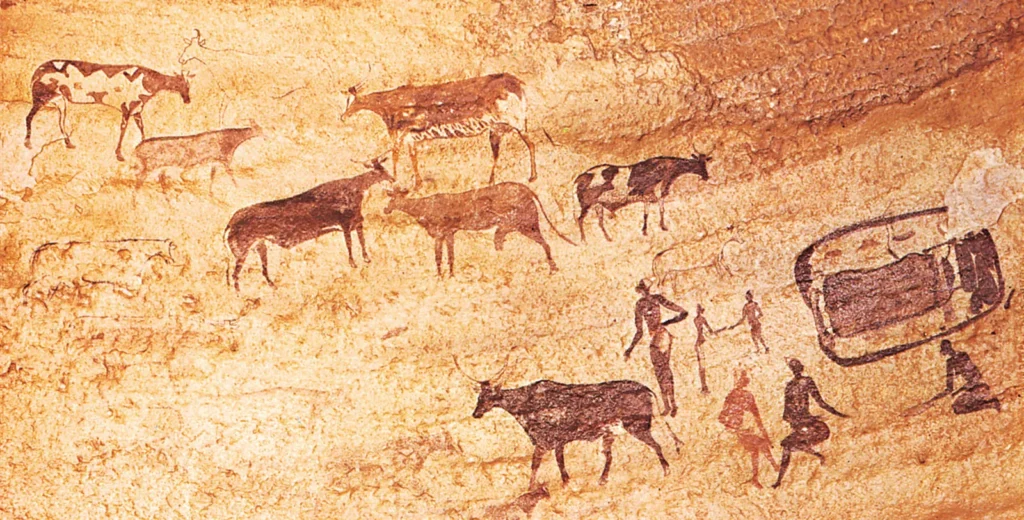
Diamond states that plants and animals must be domesticated as a prerequisite for a society to flourish. Because in societies that switch to agricultural life, economically complex, socially layered, open to technological innovations and politically centralized structures develop. People who farm have an advantage over hunter-gatherers. People engaged in agriculture and animal husbandry obtain more food than hunter-gatherer people. For example, on one acre of soil, there are 0.1% edible plants and animals. But farmers can increase this rate to 90% with the plants and animals they grow. They can also increase agricultural crop yields by taking advantage of the power and manure of domesticated animals. Agricultural production requires established order. Being in a settled order ensures that the population increases. Two factors trigger this increase. The first of these is the increase in the birth rate. Due to the fact that hunter-gatherers migrate and provide limited food, the interval between birth is on average four years. In farmers, the average interval between births is two years. Second, farmers are able to feed more people by producing more food than hunter-gatherers. Under the influence of these two factors, the population of people who have settled down is increasing faster than hunter-gatherers.
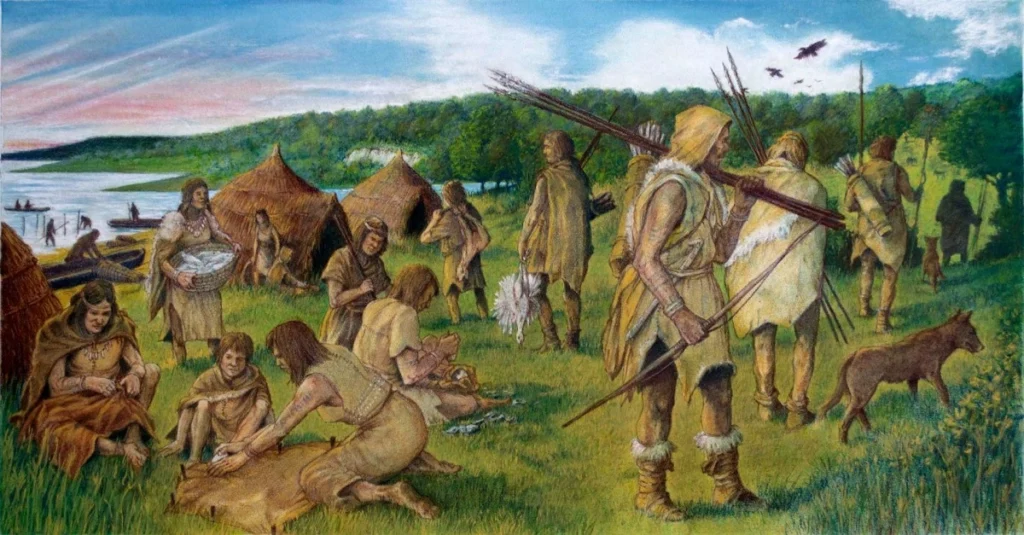
People who have moved to the sedentary order are able to store surplus nutrients. Hunter-gatherers may only store limited food that they can carry with them because they migrate. But farmers can store surplus of all the nutrients they produce. Thus, social strata that do not need to work in food production but specialize in another field are formed. This layer is of two types. One is kings and the other is bureaucrats. In time, this ruling class controls those who produce food and becomes a privileged class with the taxes they collect. Managers can feed other experts with the food stock they create through taxation. This situation can lead to the formation of standing armies, craftsmen who can produce weapons and technology such as swords, and sectors such as printers.

Agriculture, which is so important for the development of mankind and which makes one community superior to another, began early in some places and late in others. The earliest place it starts is the Fertile Crescent. Diamond explains the fact that the first agriculture began in the Fertile Crescent for several reasons. First, the Fertile Crescent has a Mediterranean climate. The Mediterranean climate has long summers with long and hot and dry winters with mild and rainy. This climate is suitable for cereals and legume species. Second, wild ancestors of most agricultural crops, along with grain crops such as wheat and barley, are abundant in the Fertile Crescent. Thirdly, most of the agricultural plants here are ermatic. That is, they can multiply by self-pollination. Third, the Mediterranean belt in the Fertile Crescent has various heights and surface shapes in a narrow region. It has various environmental conditions thanks to the differences in land height between the lowest place on Earth, the Dead Sea, and the mountains near Tehran, which is 5400 meters high. As a result, the wild ancestors of agricultural plants are diverse. Due to the height difference, the harvest time of edible plants varies. Wild agricultural plants in high places ripen later than those in low places. Thus, hunter-gatherers do not depend on a one-time harvest of all edible plants. They can pick up edible plants that ripen at different times of the year. Later, the first farmers had no difficulty in cultivating the seeds of edible plants by planting them in the wetter plains, which depended on irregular rains in high places.
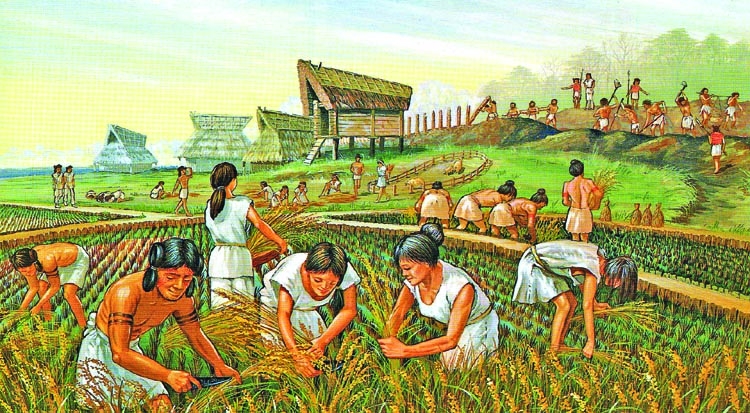
Also, the Fertile Crescent was rich in biodiversity. It was advantageous both for agricultural crops and for domesticable large mammals. Agriculture in the Fertile Crescent began with the domestication of eight so-called “staple plants.” These plants form the basis of agriculture on Earth. The main crops are double-row wheat from cereals, single-row wheat and barley; from legumes lentils, peas, chickpeas and bitter bushes; From the fibers is the flax plant. Of these, only barley and flax plants were widely available in the wild from outside Anatolia with the Fertile Crescent. Also, double-row wheat was only available in the Fertile Crescent. The Fertile Crescent was superior to other in that important agricultural crops were found in the wild.
The wild ancestors of large domesticable mammals were not evenly distributed across the Earth. The Fertile Crescent was quite advantageous compared to other regions in terms of being the wild ancestors of large mammals. Of the first five in the Fertile Crescent, there was a wild ancestor of goats, sheep, pigs and cows, and they were domesticated very early. Each of these four was domesticated in different parts of the Fertile Crescent. But these places were close to each other. Indeed, species domesticated in different parts of the region were easily transferred to each other. Thus, four species of the top five spread throughout the Fertile Crescent.
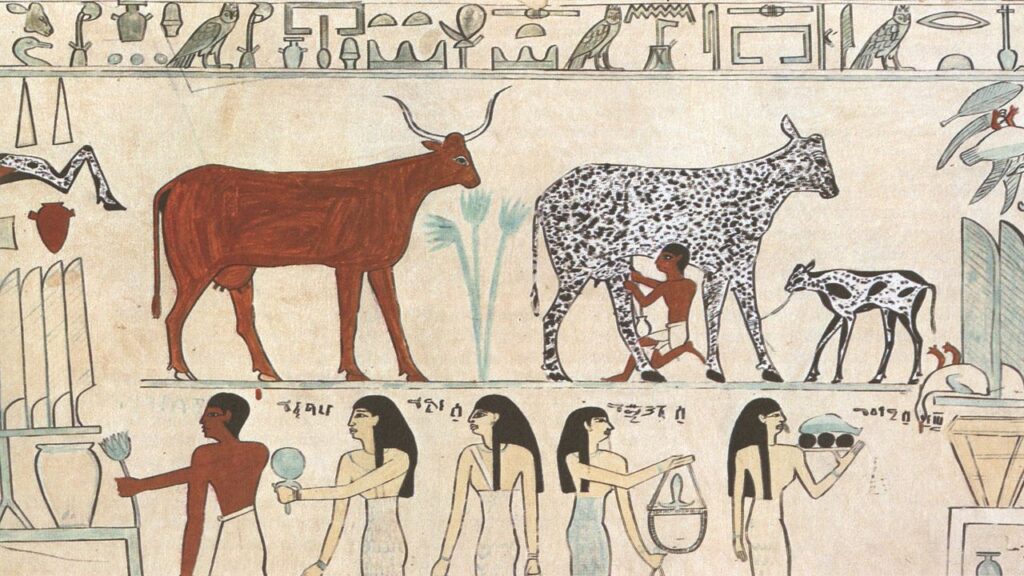
Due to the geographical advantages of the Fertile Crescent over other places and the superiority of the presence of domesticable plants and large mammals, it was suitable for the transition to food production. In this way, people in the Fertile Crescent started to produce food earlier than people in other places. BC. In 9000, people had no agricultural products and no pets. However, BC. In 6000, some societies began to live almost entirely by farming.
Jared Diamond looks for the origin of the uneven development of civilizations in history. He says that early societies that moved from hunter-gatherers to farming developed faster. It states that societies that first settled developed faster. In the transition to farming, it emphasizes the effect of geographical conditions. Where geographical conditions were favorable, humans transitioned from hunter-gatherer to farming earlier. Again, farmers in suitable geographical conditions developed faster thanks to the production of more food than hunter-gatherers and farmers in places where geographical conditions were less favorable. In short, Jared Diamond, like Ibn Khaldun, establishes a relationship between geography and the development of civilizations and indirectly reaches the conclusion that “Geography is destiny”.


